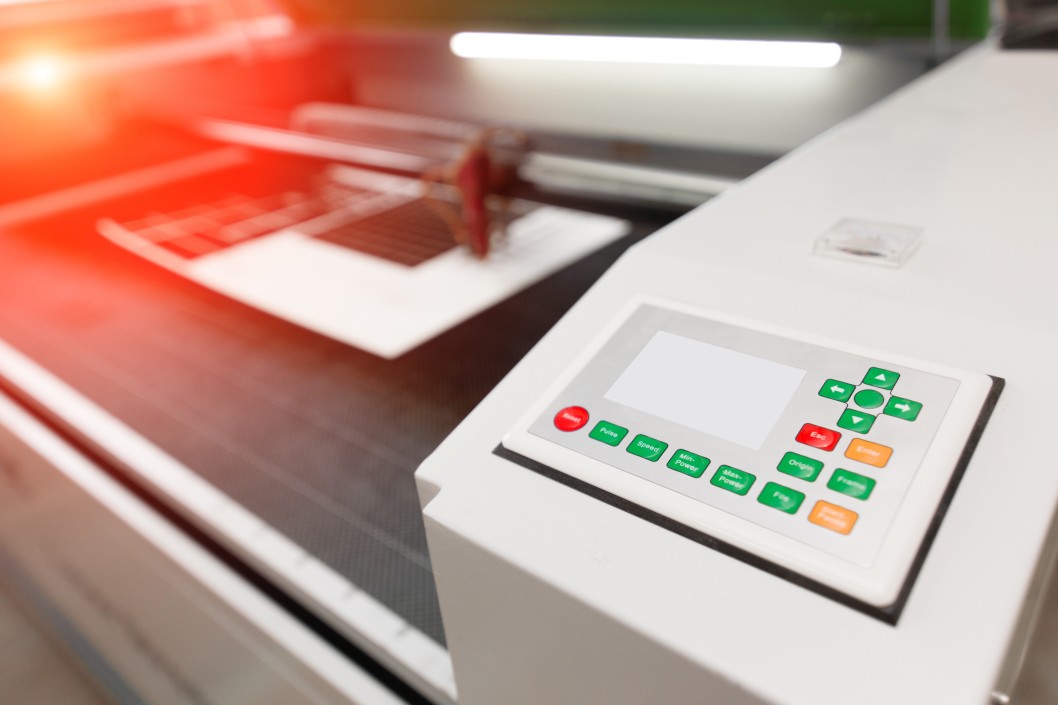When it comes to the manufacturing industry, there are huge changes afoot. With the introduction of technology into manufacturing years ago, there have been changes that have made the industry more reliant on technology and thus, more efficient. Moore’s Law is not a law, as such, but it’s something that was once a prediction and that has become a golden rule throughout electronics and manufacturing.
In 1965, an article was written for Electronics Magazine by Gordon E.Moore. He predicted that the number of components that could be fit onto a computer circuit would double every year. The terms and specifics of Moore’s Law changed over time with the changes in technology, but developers and designers made it come true and saw his prediction as a challenge. His Law implies that everything that runs on computers and with computing power all become cheaper, smaller and faster with time with the circuitry and transistors becoming far more efficient, too.
Moore’s Law has a current form that states that the number of transistors per semiconductor would double – without cost – every two years. This would lead to the computer industry being able to offer more processing power in smaller computing devices. This would be for the same price every two years. Of course, the estimate was a little wide of the mark, but the actual number of transistors that doubled happened every 18 months approximately since 1961.
Those in the manufacturing industry have followed this prediction for years, but there is no guarantee that this prediction will continue. The theory, however, is that it’ll run its course by the 2020s. Technology is ever-changing, and as it evolves, the more modern it gets. This means that more modern methods, such as microfabrication, are incorporated. Of course, there is no telling how long Moore’s Law will be relevant in the electronics industry.
Moore’s Law and manufacturing
Every two to four years in the manufacturing industry, businesses find that they may need to upgrade their electronics. We talked about the advancements of technology and this is largely the reason for that. What this means is that the older technology becomes inefficient and worthless to the industry, and your business must evolve to keep up with the changes.
Manufacturing experts are now in a position where they can buy better technology to make life easier in their business. These changes mean that older technology must be updated regularly to keep up with the competition in the industry. With manufacturers able to buy better, smaller machinery and microfabricated components, they can achieve more for far less cash.
Microfabrication & Moore’s Law
An interconnected future presents some challenges and opportunities for manufacturing businesses. Shrinking transistors have been developed thanks to microfabrication and there have been advances in computing as a result. Engineers and scientists are working together to find new ways to ensure that computers are more capable, with applications and software aiding in increasing the speed and efficiency of computers. With the help of cloud computing, the internet of things and wireless communication, manufacturing will be made easier, and companies like Microfabrica are here to help.




